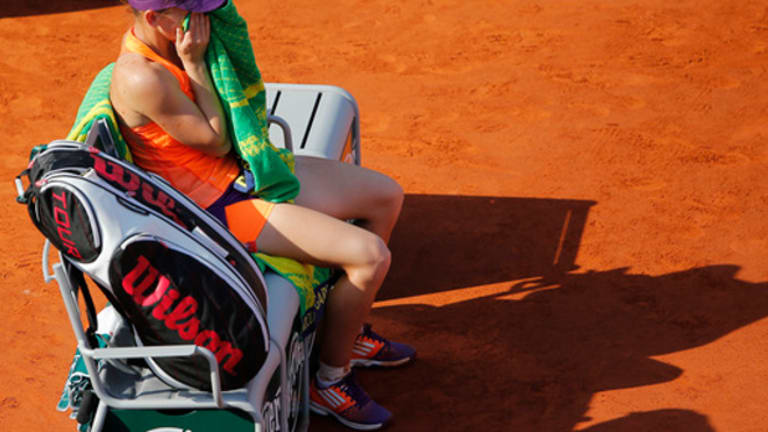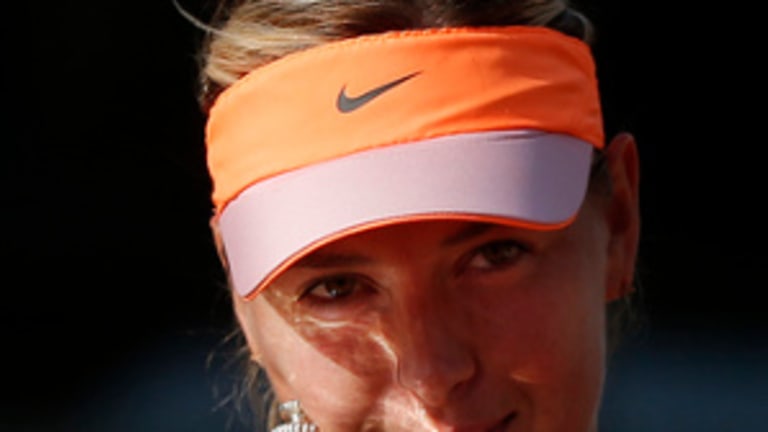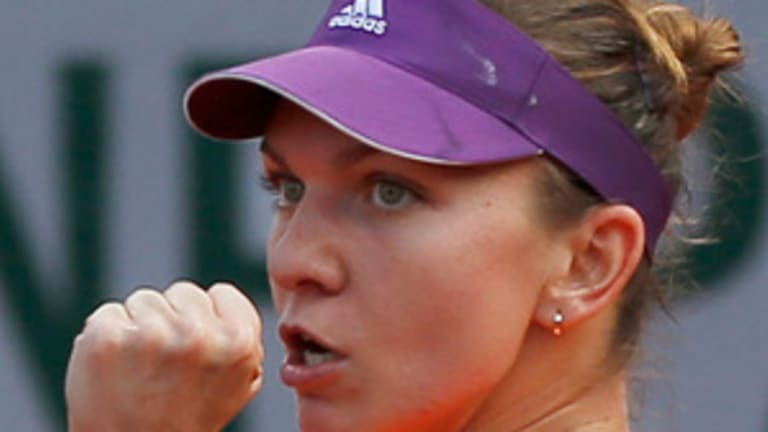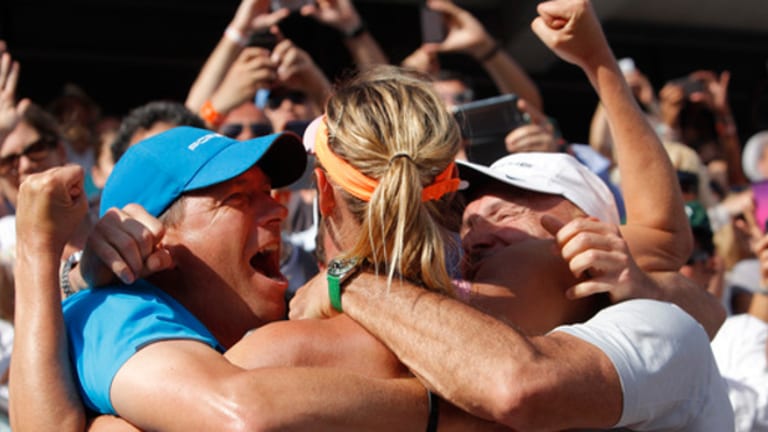PARIS—When that last, desperate Simona Halep retrieve on an afternoon brimful of them fell outside the sideline, Maria Sharapova fell to her knees, a French Open champion for the second time in her life. She covered her face, and allowed her head to fall to the red clay. Then, after the perfunctory handshake, she returned to that kneeling position, this time wantonly flinging her arms to the sky.
By then, Halep was sitting in her chair, shedding tears she would be no more able to hold back than a tide of penetrating forehands that continued to flood the court even when Sharapova’s game seemed certain to ebb. Halep put a towel over her head, and she bit her lip. Meanwhile, Sharapova scaled the wall behind the baseline and waded through well-wishers and onlookers, intent on reaching her support team. When she met them, they formed a scrum, danced and shouted in each others’ faces.
Halep still sat there, under the safe canopy of her towel. But then a few fans began to chant: “Si-mo-na! Si-mo-na! Si-mo-na!” Others joined in. It was a fitting tribute to the indefatigable, 5’6”, 132-pound Romanian who had traded punches with one of the most punishing hitters in the history of women’s tennis for over three hours and barely came up short. She came into the bout determined to open up the court, and did so with great success.
But noble as her effort was, this day belonged, finally and definitively, to Sharapova, who always found a way to counteract Halep’s strategy. She did so by hitting the reset button on points, forcing them to go on, or by turning the tables completely with an outright winner, usually with a down-the-line forehand or backhand. She imposed her big game and won the match, 6-4, 6-7 (5), 6-4. It was the first three-set French Open women’s final since 2001, and it was well worth the wait.



